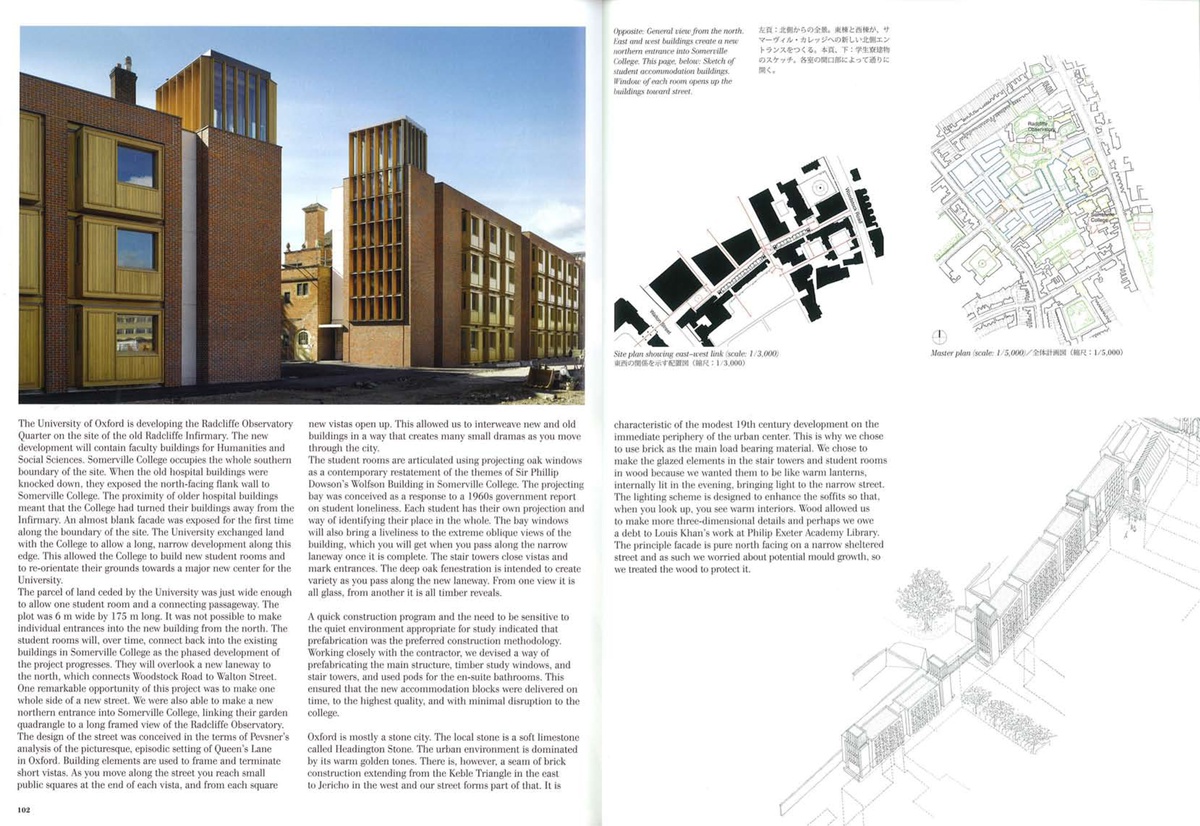RIBA EDUCATION REVIEW PRESENTATION
MARCH 2015
Niall gave a presentation to the RIBA Education Review at a specially convened Forum and Council, which debated significant changes to the structure of architectural education. Niall spoke about the relationship between education and practice, arguing for a lifelong cycle of practice and education.
“Education should not end with RIBA Part III, or even limp along through minimum prescribed CPD events. It should no longer be possible for an architect to finish their education. I propose a more comprehensive model of life-long learning. If practitioners come back to the schools throughout their lives, they will be constantly invigorated and, by extension, they will constantly invigorate the schools to which they return. This would constitute a discourse – in the sense of a ferrying back and forth – in which practice and education are both part of a seamless continuity. The purpose of education is not so much the acquisition of set skills but – to borrow a phrase from John Hattie – learning how to learn. Once you have done this, you have built an engine for a lifetime of renewal.”
A+U FEATURE ON SOMERVILLE COLLEGE ACCOMMODATION
MAY 2014

The Japanese journal a+u has published an account of the practice’s student accommodation for Somerville College, Oxford. The theme of this month’s publication is ‘New Landscapes of Wooden Architecture’ and features an international selection of projects that explore new aspects of wood technology and its potential within cities. The article gives a description on the themes and processes behind the project, placing it within the context of the historic university city and the surrounding Radcliffe Infirmary Quarter.
It is illustrated with working details of the bespoke timber glazing for the stair tower lanterns, as well as the prefabricated timber projecting bay window units for the student bedrooms, with their integral desk and bench seat overlooking the street.
‘We chose to make the glazed elements in the stair towers and student rooms in wood because we wanted them to be like warm lanterns, internally lit in the evening, bringing light to the narrow street…Wood allowed us to make more three-dimensional details…we owe a debt to Louis Kahn’s work at Philip Exeter Academy Library.’ NM
